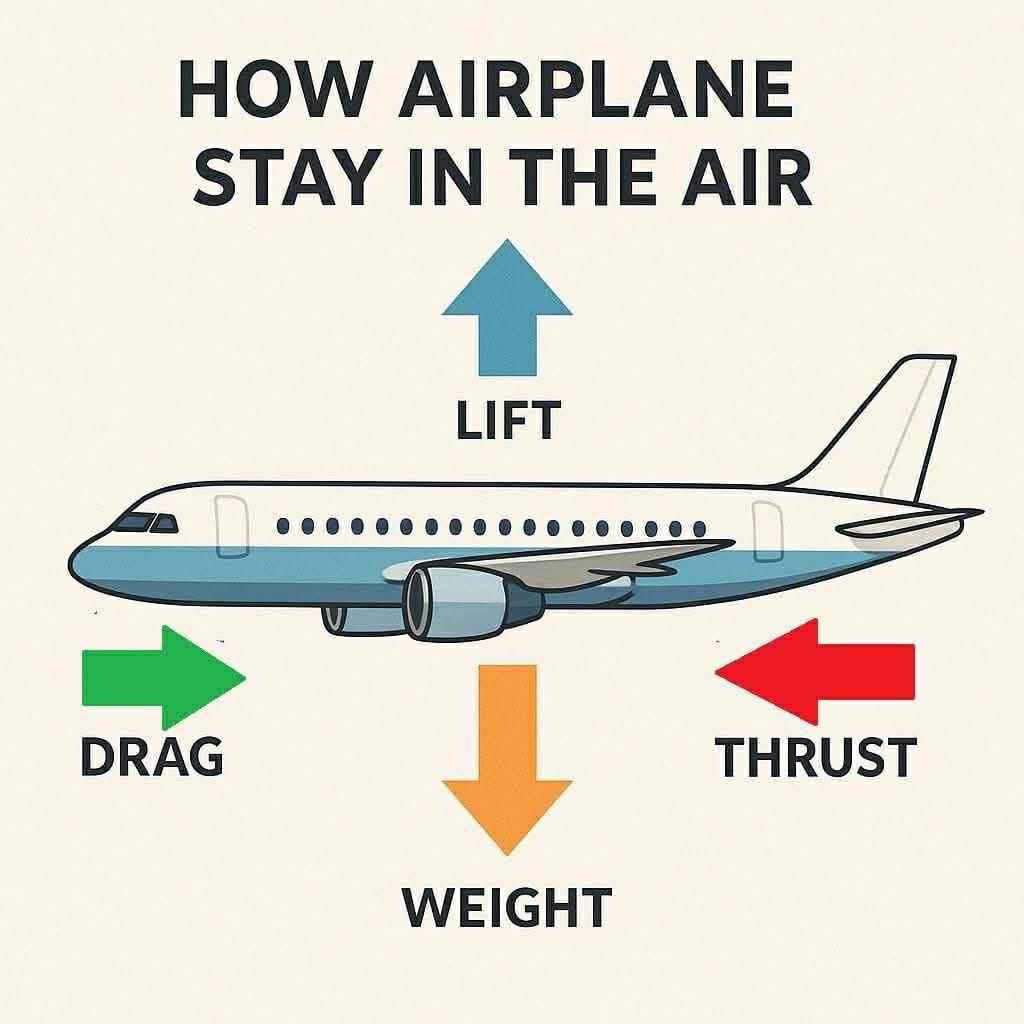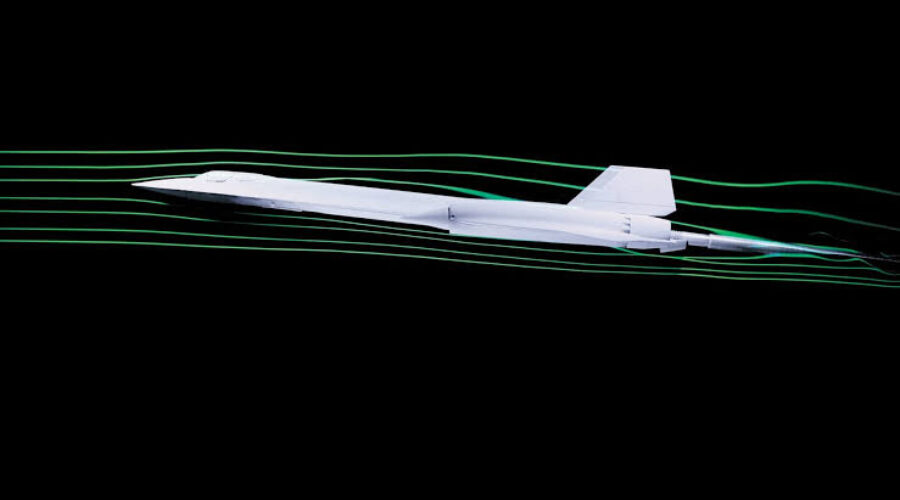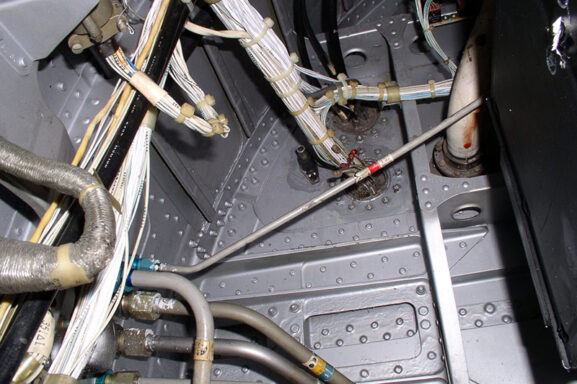How Do Airplanes Stay in the Air
🚀 How Do Airplanes Stay in the Air? ✈️🧐
Ever wondered what keeps a giant metal bird flying through the sky? It all comes down to a perfect balance of four forces:
🔼 Lift (Upward force)
✓The upward force that counteracts the airplane’s weight.
✓It is generated by the wings as air flows over and under them.
✓Airplane wings are shaped with a special design called an airfoil, which is curved on the top and flatter on the bottom.
✓As the airplane moves forward, air moves faster over the top of the wing, creating lower pressure above and higher pressure below. This difference in pressure produces lift.
🌍 Weight (Downward force)
✓Weight is the force of gravity pulling the airplane down.
✓Balance: To fly level, lift must equal weight.
✓More lift than weight = the plane climbs.
✓Less lift than weight = the plane descends.
➡️ Thrust (Forward force)
✓Thrust is the forward force that moves the airplane through the air.
✓Engines (propellers or jet engines) generate thrust by pushing air backward, propelling the airplane forward.
✓More thrust = more speed = more lift.
🌬️ Drag (Backward force)
✓Drag is the air resistance that opposes the airplane’s motion.
✓The shape and smoothness of the aircraft reduce drag to help it move efficiently.
✅ When thrust beats drag and lift beats weight, the plane flies smoothly through the sky.
✈️ Science and engineering working together — that’s the magic of flight!




